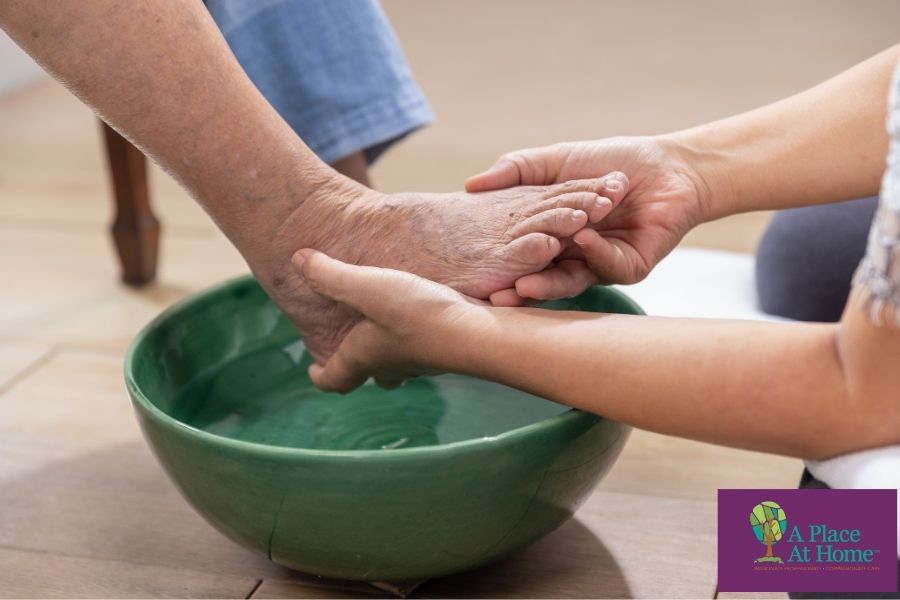In 2025, Clark County, Nevada, continues to experience one of the fastest-growing senior populations in the western U.S. Once known primarily for the bright lights of Las Vegas, the region has become a popular destination for retirees drawn to its warm climate, tax advantages, and active-living communities like Summerlin, Henderson, and Green Valley.
According to Nevada’s Department of Health and Human Services, adults aged 65 and older now make up more than 15.5% of Clark County’s population, and that figure is projected to approach 17% by the end of the decade. (UNR Cooperative Extension)
Yet, as the population ages, one reality becomes increasingly clear: Nevada’s care economy isn’t fully keeping up with the growing demand for home-based support, caregiving staff, and affordable long-term care options.
The silver wave meets a strained care system
Across Clark County, from Las Vegas to Summerlin and Boulder City, families are feeling the pressure of an evolving care landscape. The demand for qualified caregivers, home health aides, and memory care professionals continues to surge, but the supply hasn’t kept pace.
A 2024 report from the Las Vegas Sun highlighted that while the state celebrates its thriving senior population, the “care economy”—the network of professionals who provide daily living support, home health, and companionship—remains underfunded, undertrained, and overstretched.
Key challenges include:
- Workforce shortages: Nevada’s ratio of direct-care workers to seniors is below the national average, leaving families struggling to find consistent help.
- Rising care costs: The average cost of non-medical home care in Clark County rose by nearly 8% between 2023 and 2025, according to Genworth’s Cost of Care Survey.
- Limited training resources: Many caregivers lack formal training in dementia care, fall prevention, or specialized chronic condition support.
- Regulatory complexity: Smaller agencies and independent caregivers face challenges meeting compliance standards amid evolving state oversight.
For families seeking in-home assistance, this combination creates both access barriers and uncertainty—especially for middle-income households who don’t qualify for Medicaid but can’t afford full-time private care.
The emotional cost for families
The impact isn’t just logistical—it’s deeply emotional.
Take the example of Mary, a 72-year-old widow in Summerlin whose eyesight and mobility have declined since developing diabetes. Her daughter, Rachel, manages her care from across town while working full time. Finding reliable caregivers has been a challenge. “We went through three agencies in one year,” Rachel shares. “Everyone was kind, but scheduling and consistency were constant problems. Mom needs routine, and every time we had a new caregiver, it set her back.”
Stories like Mary’s are increasingly common across Clark County, where more than one in four seniors live alone (U.S. Census, 2024). For many, in-home care isn’t just about convenience—it’s about preserving dignity, safety, and connection in the place they call home.
in-home care: the frontline of nevada’s care economy
In-home care providers play an essential role in bridging the gap between medical services and independent living. Agencies like A Place At Home – Summerlin are part of a growing movement that focuses on preventative, relationship-based care—helping seniors stay in their homes longer and avoid unnecessary hospitalizations.
This model emphasizes:
- Personalized care plans tailored to health conditions and routines
- Companionship to combat loneliness and isolation
- Support with daily activities such as bathing, dressing, and meals
- Respite care to relieve family caregivers
- Specialized training for Alzheimer’s and dementia care
These services don’t just ease the strain on families—they also reduce healthcare costs by preventing accidents, malnutrition, and hospital readmissions.
| Statistic | Insight | Source |
|---|---|---|
| 15.58% | Clark County residents aged 65+ (2024) | Neilsberg Demographics |
| 17% | Projected 65+ share of Nevada’s population by 2025 | UNR Cooperative Extension |
| +8% | Increase in average home care costs since 2023 | Genworth Cost of Care Survey |
| 25% | Seniors in Clark County living alone | U.S. Census Bureau, 2024 Data |
| 2,000+ | Estimated shortage of qualified caregivers statewide | Las Vegas Sun, 2024 |
Moving forward: building a stronger care infrastructure
Experts say Nevada must invest in its caregiving infrastructure to meet the growing needs of its residents. That includes:
- Expanding training and certification programs for caregivers
- Offering financial incentives for people entering home care professions
- Improving Medicaid reimbursement rates to attract and retain talent
- Encouraging public-private partnerships that strengthen community-based care
Until those systemic changes happen, local in-home care providers and family caregivers remain the backbone of Clark County’s care economy.
A local perspective from a place at home – Summerlin
“Families don’t just need someone to show up—they need consistency, compassion, and understanding,” says a local care coordinator at A Place At Home – Summerlin.
“Our caregivers aren’t just performing tasks—they’re building relationships that restore confidence and peace of mind.”
As Clark County’s senior population continues to rise, those personal connections will play an increasingly critical role in ensuring older adults can live safely and happily in the homes they love.



